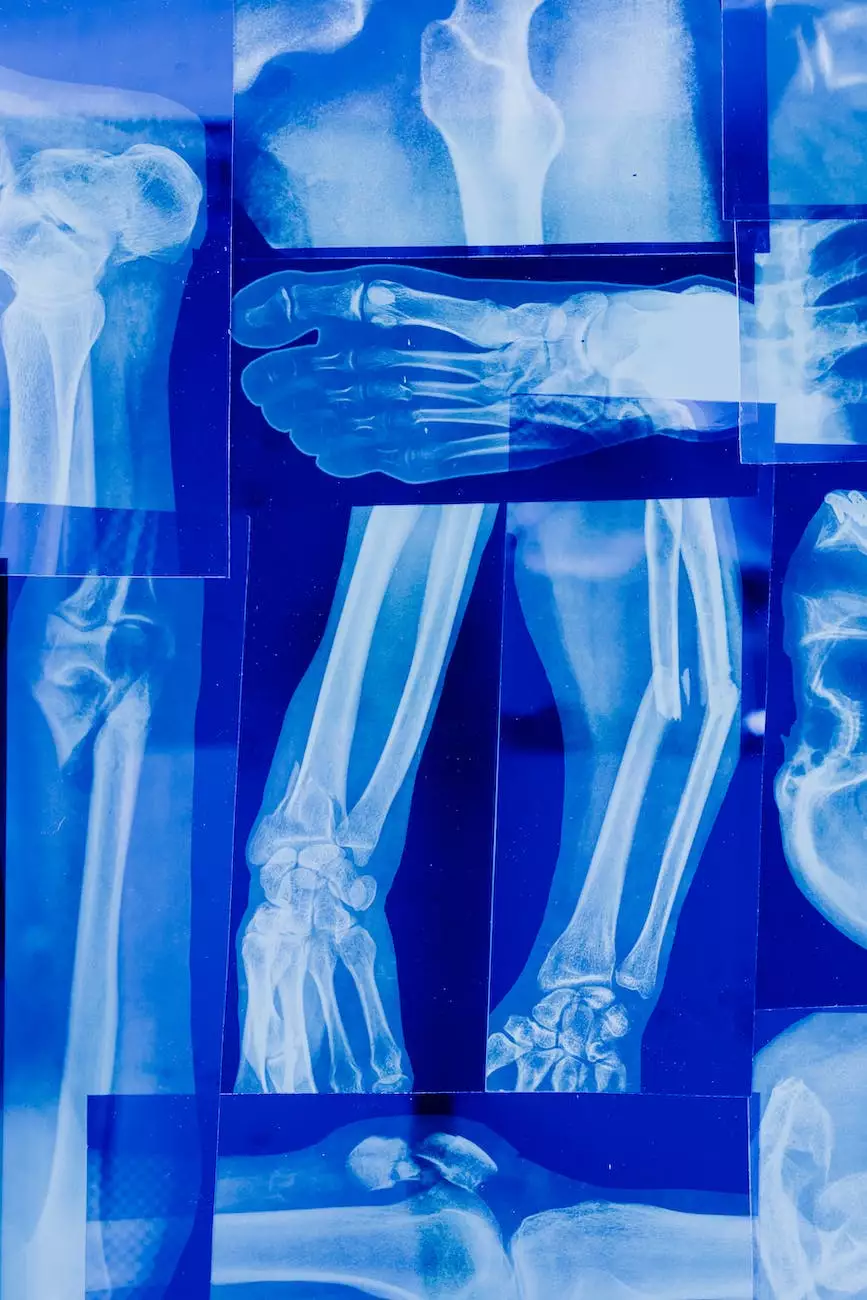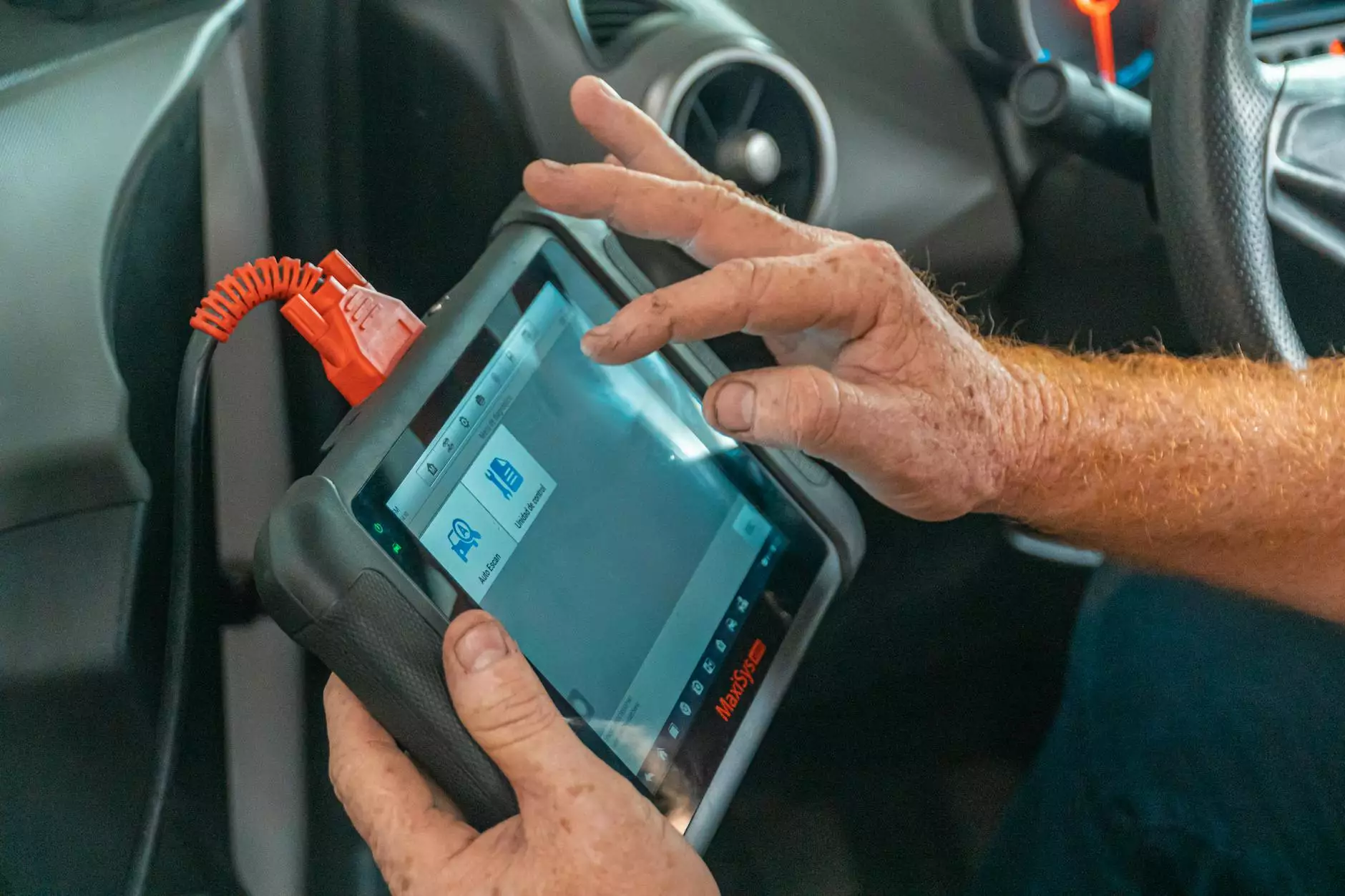How to Tell if Your Thermostat is Failing?

Introduction
Are you experiencing engine problems? Is your car's performance not what it used to be? It could be due to a failing thermostat. A malfunctioning thermostat can lead to various issues, including inefficient engine cooling and heating. In this comprehensive guide, Grafco Electric will provide you with valuable insights and tips on identifying if your thermostat is failing. Read on to learn more and take necessary actions to address the issue.
Understanding the Thermostat
Before diving into the signs of a failing thermostat, it's important to understand what a thermostat does in your car's engine system. The thermostat is a component that regulates the engine's temperature by controlling the flow of coolant. It opens and closes based on the temperature of the engine, allowing coolant to circulate to maintain the optimum temperature for efficient engine performance. When a thermostat fails, it can result in engine overheating or prolonged cold starts.
Signs of a Failing Thermostat
Here are some common signs that indicate your thermostat might be failing:
1. Engine Overheating
If your engine temperature gauge consistently shows high readings, it could be a sign of a failing thermostat. Engine overheating can lead to severe damage if not addressed promptly. It's crucial to take immediate action and have your thermostat inspected.
2. Fluctuating Temperature Gauge
Does your temperature gauge frequently fluctuate between hot and cold? This erratic behavior often indicates that the thermostat is not properly regulating the coolant flow. It's a clear indication that your thermostat needs attention.
3. Low or Cold Heat from the Heater
An inefficient thermostat may result in poor heat output from your car's heater. If you notice weak or no heat coming from your car's vents, despite setting the temperature to the highest level, it's highly likely that your thermostat is failing.
4. Constantly Running Engine Fan
Another sign of a failing thermostat is the continuous operation of the engine cooling fan even when the engine is not overheating. The thermostat's job is to regulate the coolant flow to prevent overheating, and a malfunctioning thermostat may cause your engine fan to run excessively.
5. Engine Takes Longer to Warm Up
If your engine takes significantly longer than usual to warm up, it may be due to a faulty thermostat. The thermostat should open at the appropriate temperature to allow coolant circulation and expedite the warming-up process. If it fails to open timely, it can impact overall engine performance.
6. Coolant Leaks
Frequently checking your coolant levels is essential, as a leaking thermostat can cause coolant loss. Inspect your engine bay for any signs of coolant leaks, such as puddles or stains. If you notice coolant leakage, it's critical to have your thermostat inspected and replaced if necessary.
7. Check Engine Light
In some cases, a failing thermostat can trigger the check engine light on your dashboard. This warning light illuminates when there's an issue with one or multiple components of your car's engine system. If the check engine light persists, it's advisable to have your vehicle diagnosed by a professional mechanic.
Conclusion
A failing thermostat can cause significant engine problems and impact your car's performance. By identifying the signs early on, you can take the necessary actions to address the issue promptly. If you suspect that your thermostat is failing, it's advisable to consult a reputable auto mechanic like Grafco Electric. Our experienced technicians can diagnose and resolve thermostat-related problems to ensure optimal engine performance and prolong the lifespan of your vehicle. Don't wait until it's too late; take action and schedule an appointment with Grafco Electric today!



